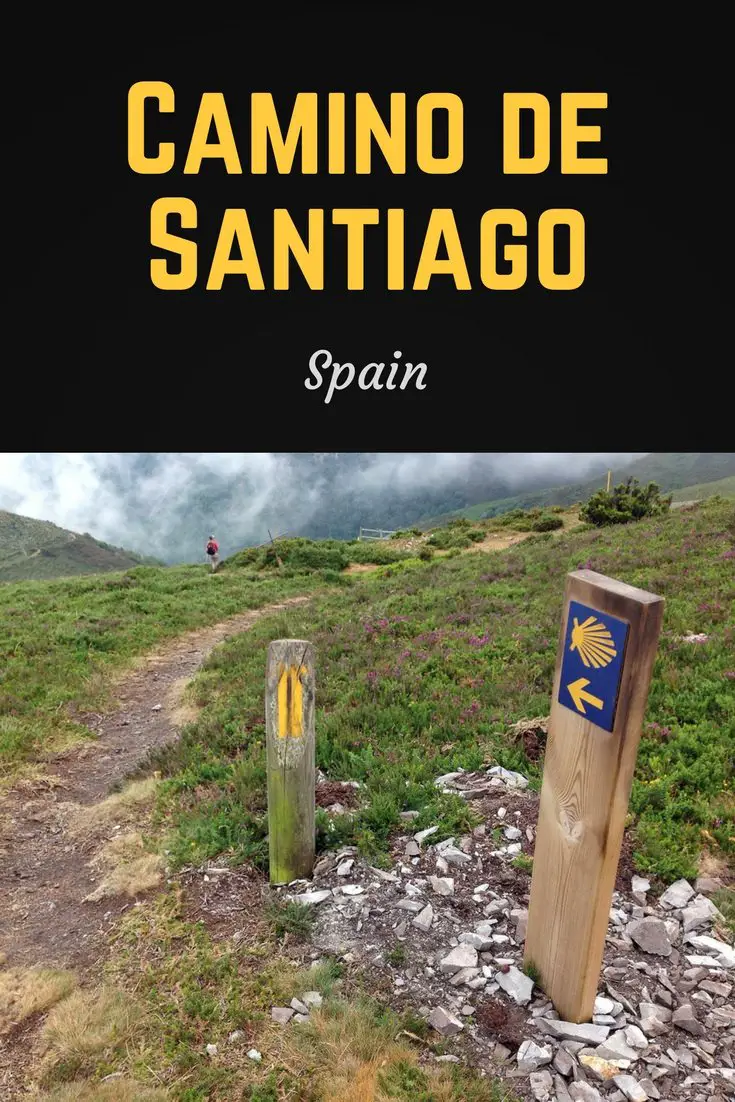The Camino de Santiago is a network of pilgrimage paths, all leading to Santiago de Compostela in north-west Spain.
Enveloping a rich tapestry of history and spirituality, the Camino de Santiago weaves an intricate network of pilgrimage paths, each converging at the revered destination of Santiago de Compostela, nestled in the rustic north-west of Spain. Not simply a product of recent times, this ancient trail holds roots that delve deep into the annals of pre-history – a testament to the enduring human quest for spiritual fulfillment.
During the middle ages, the Camino was a beacon for Christian devotees, drawing in throngs of pilgrims who embarked on the arduous journey to Santiago as a profound act of faith. Today, the Camino is experiencing a renaissance, resonating with an eclectic mix of individuals. It is not only the domain of the spiritually inclined – the young and old, the religious and secular, all find their own unique reasons to tread this venerable path.
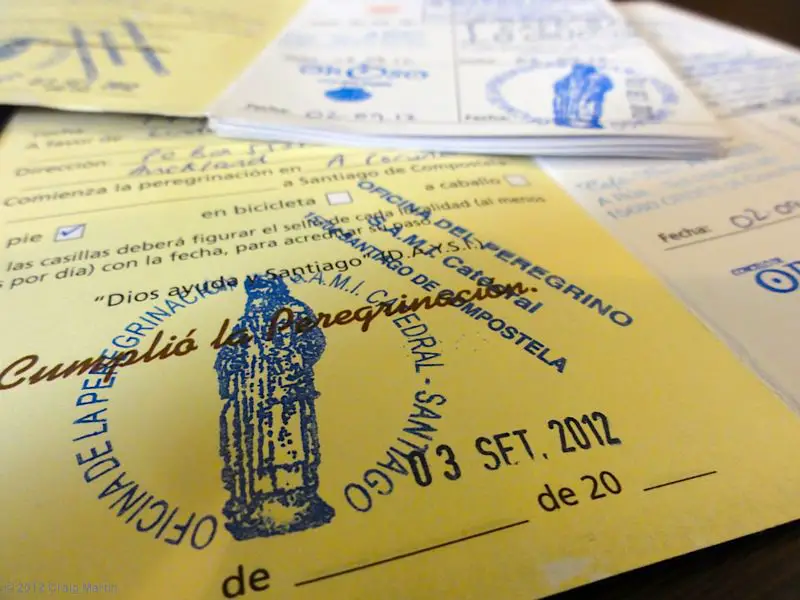
The Camino encompasses several main trails, named after the main influx of pilgrims across those routes, including the Camino Francés, the Camino Inglés, and the Camino Portugués. Then there’s the Camino del Norte, Camino Primitivo, and the Vía de la Plata, following the Roman highway northwards from modern-day Seville.
Craig and Linda have hiked six Caminos to date: the Camino Francés in 2008; the Vía de la Plata and the Camino Inglés in 2012; and the Camino Primitivo in 2015, parts of the Northern, and then the Frances again with family in 2023.
Camino Francés
Starting from St Jean Pierre de Port in France, the Camino Francés is the poster child of the modern Camino. From this traditional staging point, pilgrims – who might have walked (or caught a train) from anywhere in Europe – cross the Pyrenees and head through Pamplona, Burgos, Leon and a whole lot of farmland and plains before reaching their goal.
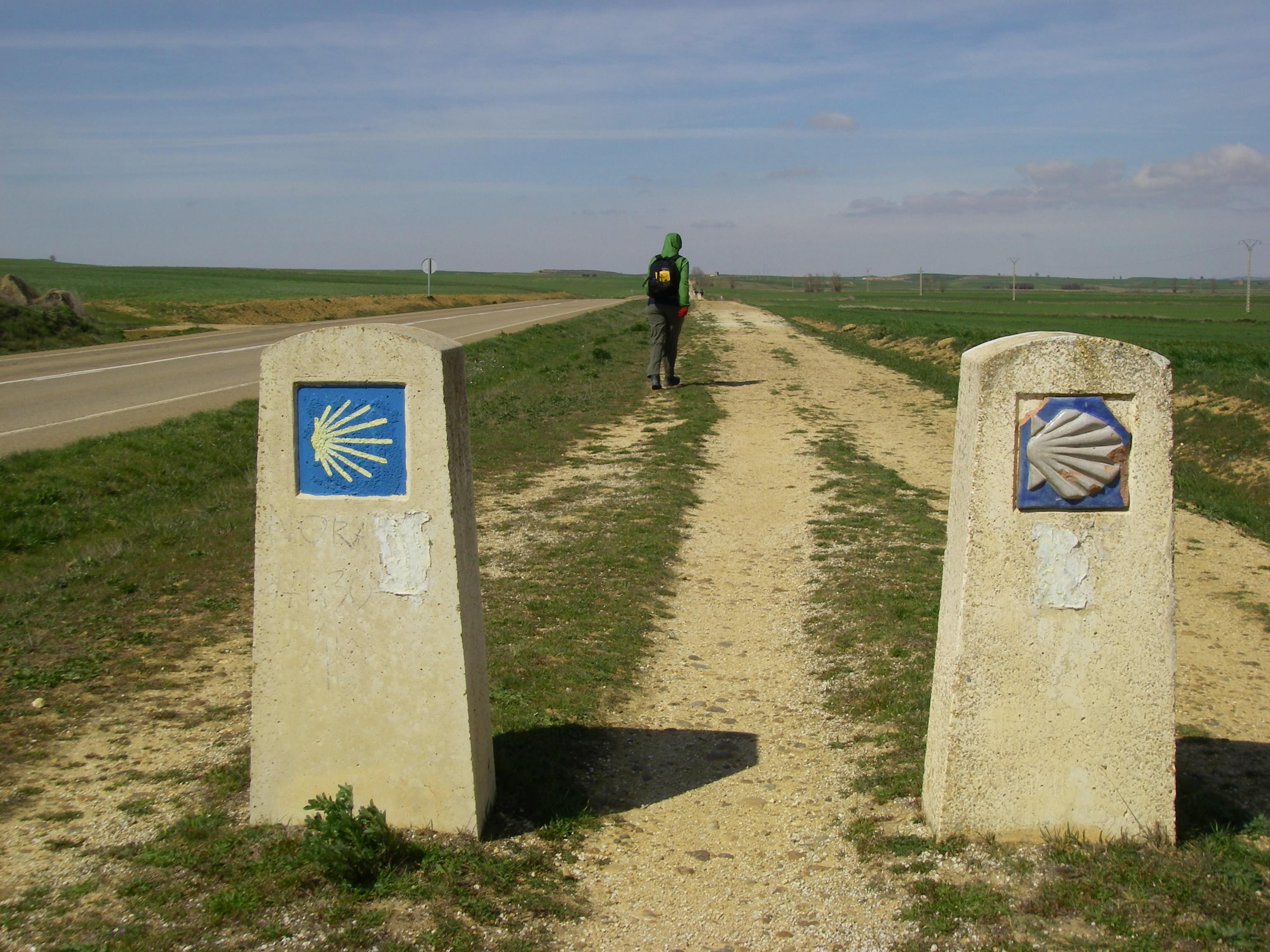
The route caters to 130,000 people a year, and infrastructure is generally well developed with council-run and private accommodation, well-marked trails, and dozens of other walkers on each daily stage.
More details on the Camino Francés.
Vía de la Plata
Only a few southern routes combine in Seville (Sevilla) where the Via de la Plata really kicks off. On day one you pass the ruins of a large Roman town, which sets the scene for the rest of the pilgrimage. All the way north, you are following the route of the old Roman highway: for 2,000 years traders and soldiers were making use of this road connecting the north and south of western Spain.
The Roman road logically connects modern cities too, so much of the Camino is alongside the highway, although there are some wonderful stretches through valleys or over mountains that modern road-planners have avoided. Fewer pilgrims walk this route — a dozen or so each day — so there is much less infrastructure and each stage is longer than the Camino Francés. The more demanding route is a good option for those who’d like a more difficult challenge or who are after a quieter walk.
Camino Primitivo
Also known as the Original Way, the Camino Primitivo starts in Oviedo in the province of Asturias, and was the first Camino de Santiago, walked by King Alfonso in the ninth century. He was the one who ordered that a basilica be built to house the remains of St James, and so created the end point for the Caminos.
The Camino Primitivo was very popular in medieval times, as a stop at Oviedo’s San Salvador cathedral was considered essential by many pilgrims, and a popular saying said that “he who visits Santiago, but not San Salvador, visits the servant but not the Lord”. These days it isn’t as popular as the more well-known Camino Francés, and is regarded as the most difficult of all the routes because of its hilly terrain.
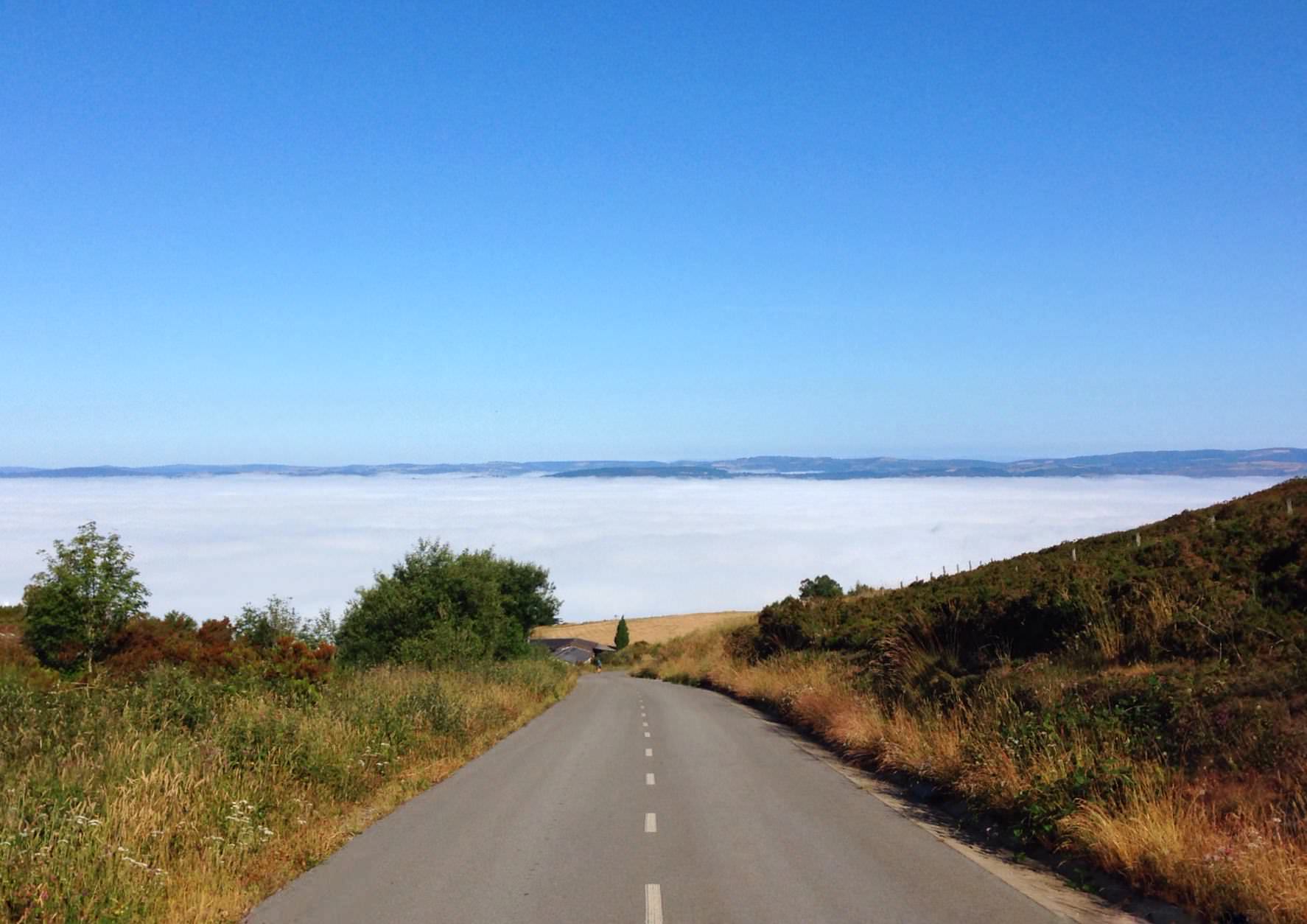
At only 320km, the Primitivo can be completed in less than two weeks. Many pilgrims on the Camino del Norte choose the Primitivo as an alternative ending to their route, and you can also emulate medieval pilgrims and detour from the Camino Francés at Leon — it’s about 100km to Oviedo from there.
It isn’t anywhere as difficult as it’s made out to be, and we particularly enjoyed the fact that there was very little road walking on this camino. There are plenty of albergues (both council-run and private) which means you can choose how long you want your stages to be.
More details on the Camino Primitivo.
Camino Inglés
British pilgrims would make their way by ship to either Ferrol or A Coruna, two of the biggest ports in Galicia, before completing their Compostela on foot.
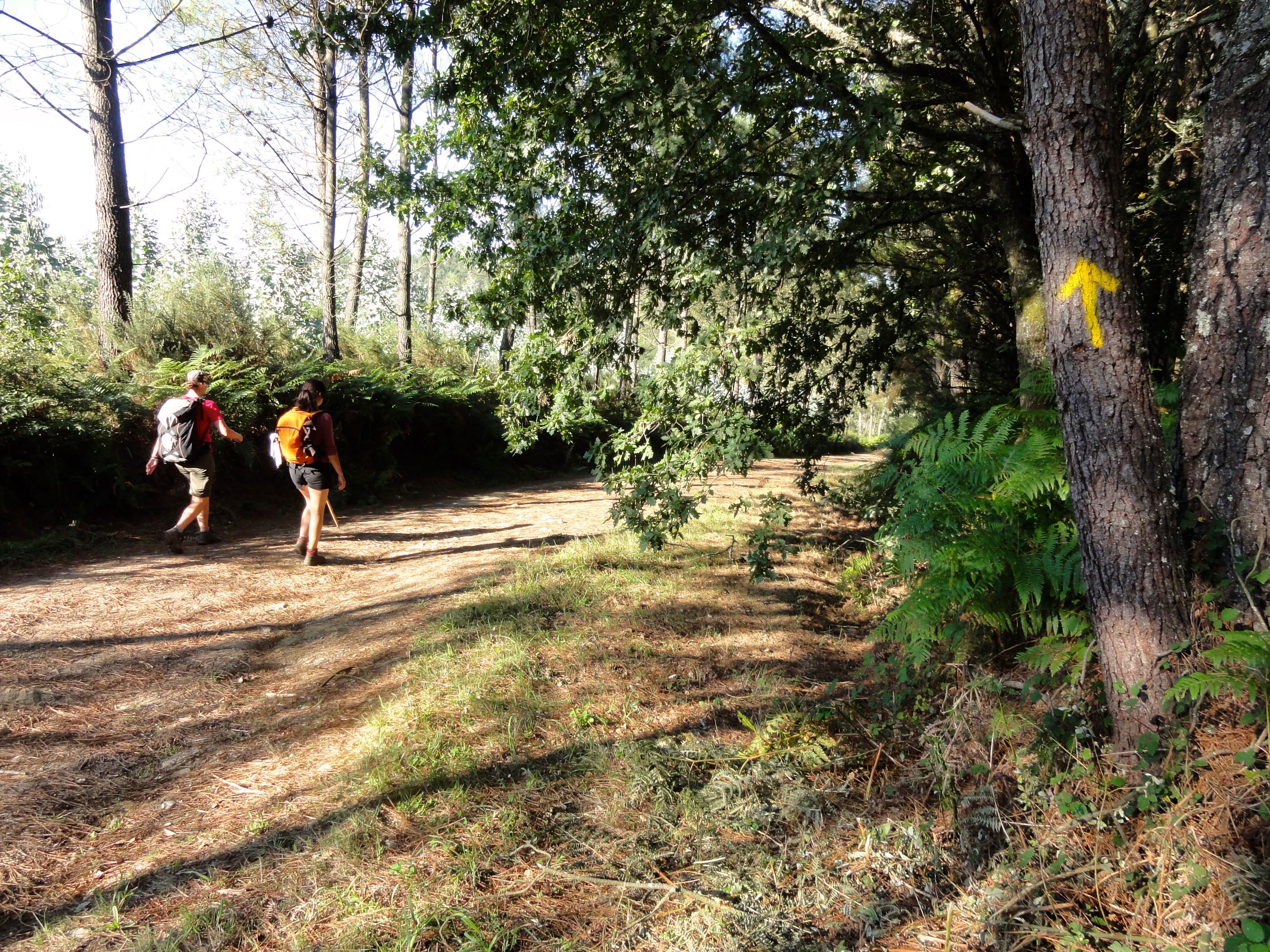
This is a short Camino: ~75km over three days from A Coruna, and 110km over five days from Ferrol. The two routes join in Hospital de Bruma, after which there’s two more days hiking into Santiago — mainly through fields, small villages, and patches of forest.
The modern ‘rules’ of pilgrimage demand walkers complete at least 100km to earn their certificate of pilgrimage, so those coming from A Coruna won’t qualify — although you’ll still be able to have your credential stamped “Completed” in the pilgrim office.
